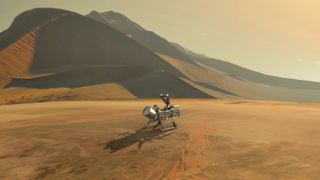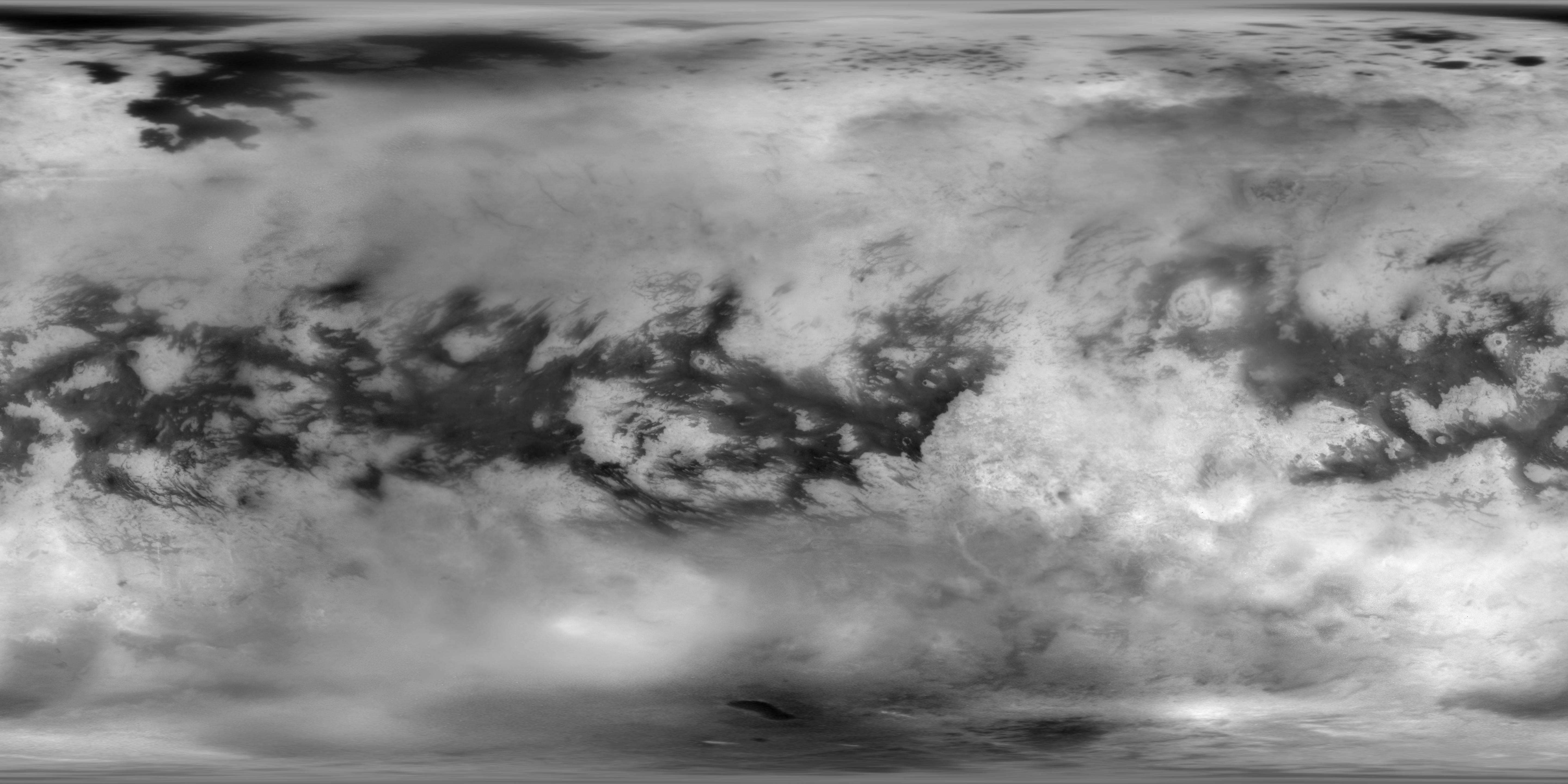This isn't humanity's first visit to the huge, rocky,cold (-179 C) moon. In 2005, the European Space Agency-built Huygens probe separated from NASA's Cassini probe and landed on Titan. Now we're going back. NASA selected ,as the next mission in its New Frontiers "medium-cost" series, Dragonfly. Arriving in 2034, Dragonfly will make dozens of flights over the moon's land areas and the hydrocarbon "seas" of methane and ethane, looking for signs of subsurface liquid water reservoirs and - if we are very, very lucky - signs of life.
Said NASA Associate Administrator Thomas Zurbuchen, "Titan is unlike any other place in the solar system, and Dragonfly is like no other mission, It's remarkable to think of this rotorcraft flying miles and miles across the organic sand dunes of Saturn's largest moon, ...Dragonfly will visit a world filled with a wide variety of organic compounds, which are the building blocks of life and could teach us about the origin of life itself." The Principal Investigator will be Elizabeth Turtle of the Johns Hopkins University’s Applied Physics Laboratory (APL.)
Flyers have been proposed for several planetary missions, including several to Mars, but Titan has special appeal, not only for its composition, but for a nitrogen-based atmosphere (like our own) four times denser than Earth's and thus able to support flight much easier than the very thin atmosphere of Mars.
This is a daring, ambitious, risky mission. It's the kind of thing NASA was created for.

Artist's concept of Dragonfly

Surface of Titan through atmospheric haze, from the Huygens probe
Good luck to NASA and the Dragonfly proposers at Johns Hopkins APL. On to Titan!
No comments:
Post a Comment